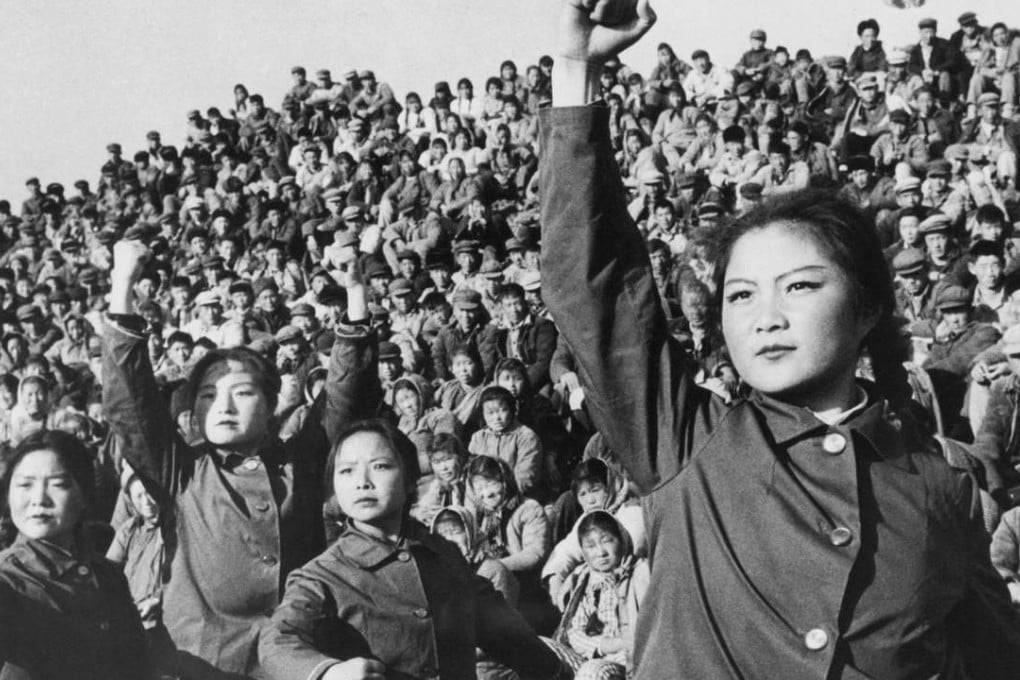Book review: The Killing Wind is not for the faint-hearted as it charts Cultural Revolution horrors
By depicting the murderous upheaval unleashed in one cluster of villages in Hunan, author Tan Hecheng brings out the senselessness of what Mao Zedong unleashed – and offers remarkable testament to Chinese historians’ work


But for a couple of weeks, from around August 20, the marketplaces, and the areas by the rivers and fields, are the scenes of a new kind of activity – the brutal slaughter by neighbours, relatives and friends of people from within their communities. The spate of daylight murder ends as abruptly as it had begun.
It is hard to exaggerate the force of Chinese journalist Tan Hecheng’s The Killing Wind. Tan, eerily, had visited the township of Daoxian – the focus of his study – only a few weeks after the murders had happened. As a young “sent down youth” then, in the early period of the Cultural Revolution, he had come to this area with a friend.
Of course, he was not aware of the events that had just happened. His description of the unsettling silence of the place he looked through, a place that he was to study so deeply decades later, is highly symbolic.